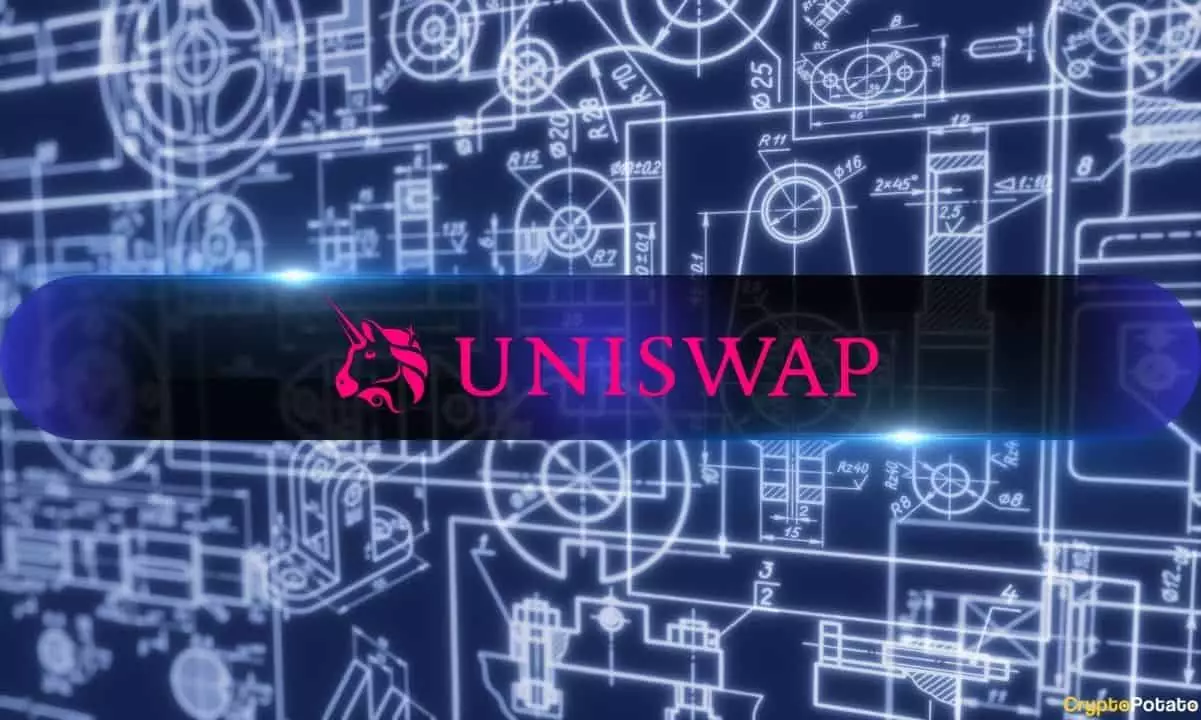The decentralized finance (DeFi) landscape is as dynamic as ever, with new developments continually reshaping the playing field. With the announcement on February 11, Uniswap took a significant step by unveiling Unichain, its Ethereum layer-2 solution. This new platform aims to enhance user experience and implementation in a sector already filled with notable players and competing technologies.
Unichain is not just another layer-2 solution; it is crafted with a slew of performance enhancements that cater to the evolving needs of DeFi users. The platform promises one-second block times, aiming to further reduce latency to a remarkable 250 milliseconds. Such efficiency in transaction speed is crucial for traders who require quick execution for their swaps or for providing liquidity. Initial testing has shown strong results, with Unichain’s testnet handling over 88 million transactions and 12 million smart contracts since its deployment in October. These figures reflect both the platform’s robust architecture and readiness to support substantial user activity.
Uniswap’s CEO, Hayden Adams, emphasized the platform’s commitment to enhancing decentralized finance through Unichain. The features allow users to swap tokens seamlessly, provide liquidity, and even launch their tokens. Importantly, lending and borrowing services are integrated, along with cross-chain trading based on the ERC-7683 standard, showcasing Unichain’s versatility. Such capabilities are particularly valuable as they make various DeFi functionalities more accessible to users across different blockchain networks.
Central to the ethos of Unichain is its focus on decentralization. Adams highlighted that the platform has been designed to be permissionless from its inception. This commitment extends to the introduction of a Validation Network later in the year, allowing community members to actively participate in transaction validation, thus ensuring that central control remains minimal. The decision to launch as a Stage 1 rollup is also notable, indicating that Unichain is prioritizing decentralization rather than centralizing authority in the network’s governance.
A lack of interface fees for swaps during the initial months further enhances the platform’s attractiveness to users. Coupled with native USDC integration through Circle, it is clear that Unichain is aiming to maximize user engagement while maintaining cost-efficiency. Furthermore, it boasts gas fees that are up to 95% cheaper than those on the Ethereum mainnet, addressing what has been one of the significant hurdles for users and developers alike when utilizing DeFi platforms.
Despite its ambitious strategy, Unichain will be entering an already saturated layer-2 market, which is currently dominated by established networks such as Arbitrum and Base. With a total value locked (TVL) of approximately $42.3 billion in the layer-2 ecosystem, competition is stiff. Arbitrum leads with $13.7 billion—38% market share—followed closely by Base with $11.4 billion (32% share). OP Mainnet accounts for approximately 14% of the market. This competitive landscape makes Uniswap’s backing particularly significant, as the world’s leading decentralized exchange carries substantial brand recognition and trust.
However, the market response to the announcement demonstrates the challenges Uniswap faces. At the time of writing, there was no notable rebound in the price of Uniswap’s native token, UNI, which had recently seen a substantial decline. The token fell by 6% intraday, reflecting broader trends in the DeFi sector. The decline of 30% over the past month raises questions about investor sentiment and the overall market environment, particularly with UNI trading nearly 80% below its all-time high.
Unichain’s launch represents a bold initiative for Uniswap in the layer-2 space. Its focus on performance, decentralization, and comprehensive DeFi functionalities sets a compelling stage for innovation. However, to thrive in a competitive market, Unichain must differentiate itself and continually engage its user base. As the layer-2 ecosystem evolves, keeping user needs at the forefront will be pivotal in realizing Unichain’s full potential within this burgeoning sector.
















Leave a Reply